Learn the 5 critical parvovirus in dogs warning signs that could save your pet’s life. Discover canine parvovirus symptoms, transmission, and prevention tips from veterinary experts.
Table of Contents
Every year, parvovirus affects more than 330,000 puppies, making it one of the most serious threats to canine health worldwide. If you’re a dog owner, understanding parvovirus in dogs could mean the difference between life and death for your beloved companion. This highly contagious viral infection has claimed countless canine lives, but with proper knowledge and quick action, you can protect your furry family member.
Parvovirus, commonly known as “parvo,” is a devastating illness that primarily targets puppies and unvaccinated dogs. Most deaths occur within 48 to 72 hours after signs first appear, making early recognition absolutely critical. However, there’s hope: about 90% of dogs will recover with early treatment, compared to the tragically high mortality rate when dogs go untreated.
In this comprehensive guide, we’ll explore the five most dangerous warning signs of parvovirus that every dog owner must recognize, along with essential information about transmission, prevention, and treatment options that could save your pet’s life.
What Is Parvovirus in Dogs?

Canine parvovirus (CPV) is a highly contagious viral infection that was first identified in the late 1970s. This resilient virus attacks rapidly dividing cells in a dog’s body, particularly targeting the intestinal tract, bone marrow, and in young puppies, the heart muscle. The virus is incredibly hardy and can survive in the environment for months, making it a persistent threat to unvaccinated dogs.
Key Facts About Parvovirus:
- Affects over 330,000 puppies annually in the United States
- Survival rates drop dramatically without prompt veterinary care
- Most commonly affects puppies between 6 weeks and 6 months old
- Can survive in contaminated environments for extended periods
- Spread through direct contact with infected dogs or contaminated surfaces
The virus primarily comes in two forms: intestinal parvo (more common) and cardiac parvo (affecting very young puppies). Understanding these distinctions helps owners recognize the urgency of seeking immediate veterinary care when symptoms appear.
How Do Dogs Get Parvo? Understanding Transmission

Understanding how dogs contract parvovirus is crucial for prevention. Canine parvovirus is easily spread by direct contact with infected dogs, contact with feces from infected dogs, or contact with virus-contaminated surfaces. The virus is remarkably resilient and can survive on various surfaces for months, making environmental contamination a significant concern.
Primary Transmission Methods:
Direct Contact: Dogs can contract parvo through nose-to-nose contact with infected animals, even if the infected dog isn’t showing symptoms yet. The virus sheds in extremely high concentrations, making brief contact sufficient for transmission.
Fecal-Oral Route: This is the most common transmission method. Dogs investigate their environment through sniffing and licking, making them vulnerable to contaminated feces, soil, or surfaces where infected animals have been.
Environmental Contamination: The virus can survive on food bowls, leashes, clothing, shoes, and even human hands. Dog parks, veterinary clinics, grooming facilities, and shelters can harbor the virus on surfaces.
Indirect Contact: People can unknowingly transport the virus on their clothing, shoes, or hands after contact with contaminated environments, then spread it to susceptible dogs.
High-Risk Locations:
- Dog parks and public areas
- Animal shelters and rescue facilities
- Veterinary clinics
- Grooming salons
- Boarding facilities
- Areas with high dog traffic
The virus is particularly concerning because dogs can shed it before showing symptoms and continue shedding for weeks after recovery, creating ongoing transmission risks in multi-dog environments.
| Sign # | Symptom | Severity Level | Description | When to Act |
|---|---|---|---|---|
| 1 | Severe Lethargy and Depression | Critical | Dog becomes extremely tired, unresponsive, and shows no interest in activities | Immediate veterinary attention |
| 2 | Loss of Appetite (Anorexia) | Critical | Complete refusal to eat or drink, even favorite treats | Within 12-24 hours |
| 3 | Persistent Vomiting | Critical | Frequent, uncontrollable vomiting that prevents keeping fluids down | Immediate emergency care |
| 4 | Bloody Diarrhea with Foul Odor | Critical | Characteristic bloody, liquid stool with distinctive smell | Emergency veterinary visit |
| 5 | Rapid Dehydration and Weakness | Critical | Sunken eyes, dry gums, skin tenting, collapse | Life-threatening – immediate care |
The 5 Dangerous Signs Every Owner Must Recognize
Recognizing the early warning signs of parvovirus can save your dog’s life. The earliest signs of parvo begin with lethargy, followed by decreased appetite and vomiting. Here are the five critical symptoms that demand immediate veterinary attention:
1. Severe Lethargy and Depression

The first sign many owners notice is a dramatic change in their dog’s energy level. Affected dogs become unusually quiet, withdrawn, and reluctant to engage in normal activities. This isn’t just being tired after a long day – it’s a profound exhaustion that seems disproportionate to the dog’s recent activity level.
What to Watch For:
- Reluctance to get up or move
- Lack of interest in favorite activities or toys
- Unusual sleeping patterns
- Decreased responsiveness to their name or commands
- General appearance of feeling unwell
2. Loss of Appetite (Anorexia)
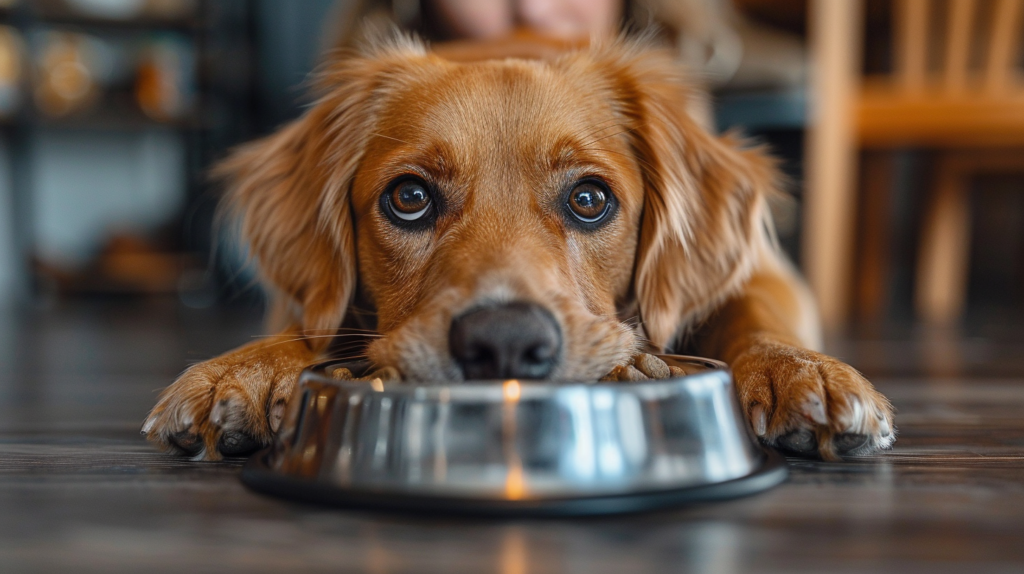
Presenting signs include anorexia, lethargy, vomiting, and diarrhea. A sudden, complete loss of appetite is particularly concerning in puppies, who typically have robust appetites. Dogs with parvo often refuse food entirely, even treats they normally find irresistible.
Warning Signs:
- Complete refusal of food and treats
- Turning away from food bowls
- Lack of interest in meal times
- Refusing even high-value treats or favorite foods
- Signs of nausea when food is presented
3. Persistent Vomiting

Vomiting is one of the most consistent and dangerous symptoms of parvovirus. Unlike occasional stomach upset, parvo-related vomiting is typically severe, frequent, and progressive. The vomiting often begins as undigested food and progresses to foam, bile, or clear liquid.
Characteristics of Parvo Vomiting:
- Frequent episodes throughout the day
- Projectile or forceful vomiting
- Inability to keep water down
- Vomiting that worsens over time
- Dry heaving when stomach is empty
4. Bloody Diarrhea with Foul Odor

Signs typically progress quickly to diarrhea which often contains blood and mucus, and has a foul odor. The diarrhea associated with parvovirus is distinctive and alarming. It often starts as soft stool but rapidly progresses to liquid diarrhea containing blood and mucus.
Distinctive Features:
- Bright red blood mixed with stool
- Mucus-like consistency
- Extremely foul, metallic smell
- Frequent, urgent bowel movements
- Liquid consistency that may be primarily blood
5. Rapid Dehydration and Weakness

Persistent vomiting and diarrhea can quickly cause dehydration. The combination of vomiting and diarrhea leads to rapid fluid loss, making dehydration a life-threatening concern that develops within hours.
Signs of Dehydration:
Dry, sticky gums
Sunken eyes
Skin that doesn’t snap back when pinched (skin tent test)
Thick, ropy saliva
| Dehydration Level | Skin Tent Return Time | Additional Signs |
| Mild (5%) | 1-2 seconds | Slightly dry gums |
| Moderate (6-8%) | 2-3 seconds | Dry gums, mild lethargy |
| Severe (>8%) | 3 seconds | Very dry gums, weakness, sunken eyes |
Canine Parvovirus Symptoms: The Complete Picture
Beyond the five critical warning signs, parvovirus can present with additional symptoms that help veterinarians confirm the diagnosis. Understanding the complete symptom profile helps owners provide accurate information to their veterinary team.
Additional Symptoms May Include:
- Fever (though some dogs may have low body temperature)
- Abdominal pain and bloating
- Rapid heart rate
- Pale gums (indicating anemia or shock)
- Cold extremities (ears, paws)
- Difficulty breathing in severe cases
Symptom Progression Timeline:
- Days 1-2: Lethargy, decreased appetite
- Days 2-3: Vomiting begins, progresses in frequency
- Days 3-4: Diarrhea develops, often bloody
- Days 4-5: Severe dehydration, potential collapse
The rapid progression of symptoms makes immediate veterinary care essential. Dogs can deteriorate from seemingly mild symptoms to life-threatening condition within 24-48 hours.
| Transmission Method | Risk Level | How It Spreads | Prevention Strategy |
|---|---|---|---|
| Direct Contact | High | Contact with infected dog’s feces, vomit, or saliva | Avoid unvaccinated dogs, quarantine infected pets |
| Environmental Contamination | High | Virus survives months in soil, grass, concrete surfaces | Avoid parks/areas with known outbreaks |
| Human Transmission | Medium | Humans carry virus on shoes, clothing, hands | Proper hygiene, disinfection of items |
| Contaminated Objects | Medium | Food bowls, toys, leashes, bedding | Regular disinfection with bleach solution |
| Age Factor (Puppies) | Extreme | 6 weeks to 6 months old most vulnerable | Complete vaccination series, avoid exposure |
Is Parvo in Dogs Contagious? Understanding the Risk
Yes, parvo in dogs is highly contagious and poses significant risks to other dogs in the household and community. The virus spreads through multiple pathways and can remain infectious in the environment for extended periods.
Contagious Period:
- Dogs can shed virus before showing symptoms
- Shedding continues for 7-10 days after recovery
- Peak shedding occurs during the first few days of illness
- Even vaccinated dogs can occasionally shed virus
Environmental Persistence: The virus can survive on surfaces for months under the right conditions. Factors affecting survival include:
- Temperature (survives longer in cooler conditions)
- Humidity levels
- Surface type (survives longer on porous surfaces)
- Presence of organic matter
Protection Strategies:
- Immediate isolation of suspected cases
- Thorough disinfection with bleach solutions
- Restricting access to contaminated areas
- Proper disposal of contaminated materials
Diagnosis and Veterinary Testing
When you bring your dog to the veterinarian with suspected parvo symptoms, they’ll perform several diagnostic tests to confirm the diagnosis quickly. Because one of the first things parvovirus infects is the bone marrow, a low white blood cell count can be suggestive of CPV infection.
Common Diagnostic Tests:
ELISA Test (SNAP Test): This rapid test detects parvovirus antigens in fecal samples and provides results within 10-15 minutes. While convenient, it can occasionally produce false negatives, especially early in the infection.
Complete Blood Count (CBC): If a dog has both a positive ELISA reading and a low white blood cell count, a fairly confident diagnosis of CPV may be made. The CBC reveals the characteristic drop in white blood cells that occurs with parvo infection.
Fecal Examination: Direct examination of stool samples can reveal the virus and help rule out other causes of bloody diarrhea.
PCR Testing: More sensitive than ELISA tests, PCR can detect smaller amounts of virus and is particularly useful in questionable cases.
Treatment Options and Survival Rates
The good news is that with prompt, aggressive treatment, survival rates for parvovirus are encouraging. If a parvo puppy is hospitalized, given lots of supportive care, and monitored closely, the survival rate is usually around 85-95%. However, mortality rates of canines with untreated parvovirus remain at 90 percent.
Standard Treatment Protocol:
Intravenous Fluid Therapy: The cornerstone of parvo treatment involves aggressive fluid replacement to combat dehydration and maintain blood pressure. Fluids often contain electrolytes to restore proper mineral balance.
Anti-nausea Medications: Controlling vomiting is crucial for recovery. Medications like maropitant (Cerenia) help reduce nausea and allow the digestive system to rest.
Antibiotics: While parvo is viral, antibiotics prevent secondary bacterial infections that can occur when the immune system is compromised.
Nutritional Support: Feeding tubes may be necessary for dogs unable to eat. Proper nutrition supports immune function and healing.
Pain Management: Abdominal pain from intestinal inflammation requires management to keep dogs comfortable during recovery.
Advanced Treatment Options: Recent advances include monoclonal antibody treatments that can significantly improve survival rates. New data shows improvements in survival rates for puppies battling the deadly virus with these innovative therapies.
| Treatment Type | Success Rate | Cost Range | Duration | Key Components |
|---|---|---|---|---|
| Intensive Veterinary Care | 80-95% | $1,500-$4,000 | 5-7 days | IV fluids, anti-nausea meds, antibiotics, monitoring |
| Standard Veterinary Treatment | 60-80% | $500-$1,500 | 3-5 days | Subcutaneous fluids, medications, supportive care |
| Early Intervention | 90%+ | $300-$800 | 2-4 days | Prompt treatment within 24-48 hours of symptoms |
| No Treatment | 10-20% | $0 | Variable | Natural immunity only – not recommended |
| Prevention (Vaccination) | 99%+ | $75-$200 | Lifetime | Complete puppy series + annual boosters |
Prevention: Vaccination and Best Practices
Prevention remains the most effective strategy against parvovirus. Proper vaccination protocols, combined with smart management practices, can virtually eliminate the risk of infection.
Vaccination Schedule:
- First vaccine: 6-8 weeks of age
- Boosters: Every 3-4 weeks until 16 weeks old
- Adult boosters: Annually or as recommended by veterinarian
- High-risk dogs may need more frequent boosters
Puppy Protection Guidelines:
- Avoid public areas until fully vaccinated
- Carry puppies in high-risk environments
- Limit contact with unvaccinated dogs
- Ensure visitors haven’t been around sick dogs
Environmental Management:
- Regular cleaning and disinfection of living areas
- Proper waste disposal
- Restricting access to contaminated areas
- Using bleach solutions for disinfection (1:30 ratio)
Socialization Safety: Puppy socialization is important for behavioral development, but must be balanced with disease prevention:
- Attend puppy classes with vaccination requirements
- Socialize with known, vaccinated dogs
- Avoid dog parks until fully vaccinated
- Consider in-home socialization with vaccinated dogs
Cost Considerations and Financial Planning
Parvovirus treatment can be expensive, with costs ranging from $1,000 to $5,000 or more depending on the severity and length of hospitalization. Understanding potential costs helps owners make informed decisions about treatment options.
Typical Treatment Costs:
- Emergency examination: $100-300
- Diagnostic tests: $200-500
- Hospitalization (3-5 days): $1,500-3,000
- Medications and treatments: $500-1,000
- Follow-up care: $200-500
Financial Planning Options:
- Pet insurance (must be purchased before illness)
- Care credit or payment plans
- Emergency fund for veterinary expenses
- Discussing payment options with veterinary clinics
Supporting Your Dog Through Recovery
Recovery from parvovirus requires careful monitoring and supportive care at home. Most dogs recover fully with appropriate treatment, but the recovery period requires patience and vigilance.
Home Care Guidelines:
- Gradual reintroduction of food
- Monitoring for continued vomiting or diarrhea
- Ensuring adequate hydration
- Providing a quiet, comfortable recovery space
- Following medication schedules precisely
Recovery Timeline:
- Days 1-3: Critical period requiring intensive care
- Days 4-7: Gradual improvement in appetite and energy
- Week 2: Return to normal eating and activity levels
- Week 3-4: Full recovery expected
Long-term Considerations: Most dogs recover completely from parvovirus without lasting effects. However, severe cases may result in:
- Temporary digestive sensitivity
- Need for probiotics to restore gut health
- Gradual return to normal diet
- Continued monitoring for several weeks
When to Seek Emergency Care
Knowing when to seek immediate veterinary attention can save your dog’s life. Don’t wait if you observe any combination of the dangerous signs we’ve discussed.
Immediate Emergency Situations:
- Bloody diarrhea with vomiting
- Signs of severe dehydration
- Collapse or extreme weakness
- Pale or blue gums
- Difficulty breathing
After Hours Emergency Protocol:
- Contact emergency veterinary clinics
- Call ahead to inform them of suspected parvo
- Bring stool samples if possible
- Isolate your dog from other pets
Remember, most deaths occur within 48 to 72 hours after signs first appear, making rapid response crucial for survival.
For more expert pet care tips and product recommendations, visit BlithePet.com — your trusted source for pet wellness.
Frequently Asked Questions
Conclusion
Parvovirus in dogs remains one of the most serious threats to canine health, but knowledge and quick action can save lives. The five dangerous signs we’ve discussed – severe lethargy, loss of appetite, persistent vomiting, bloody diarrhea, and rapid dehydration – are your early warning system for this potentially fatal disease.
Remember these key points: about 90% of dogs will recover with early treatment, but most deaths occur within 48 to 72 hours after signs first appear. This narrow window makes immediate veterinary care absolutely critical when you notice these symptoms.
Prevention through proper vaccination remains your best defense, but understanding how dogs get parvo and recognizing when parvo in dogs is contagious helps protect your entire community of pets. With proper preparation, quick recognition of symptoms, and immediate veterinary care, you can give your dog the best chance of surviving this serious illness.
The bond between humans and dogs is built on our responsibility to protect them when they cannot protect themselves. By staying informed about canine parvovirus symptoms and maintaining proper preventive care, you’re fulfilling that responsibility and ensuring your four-legged family member has the best chance at a long, healthy life.
Have a similar experience with your pet? Share it in the comments below!

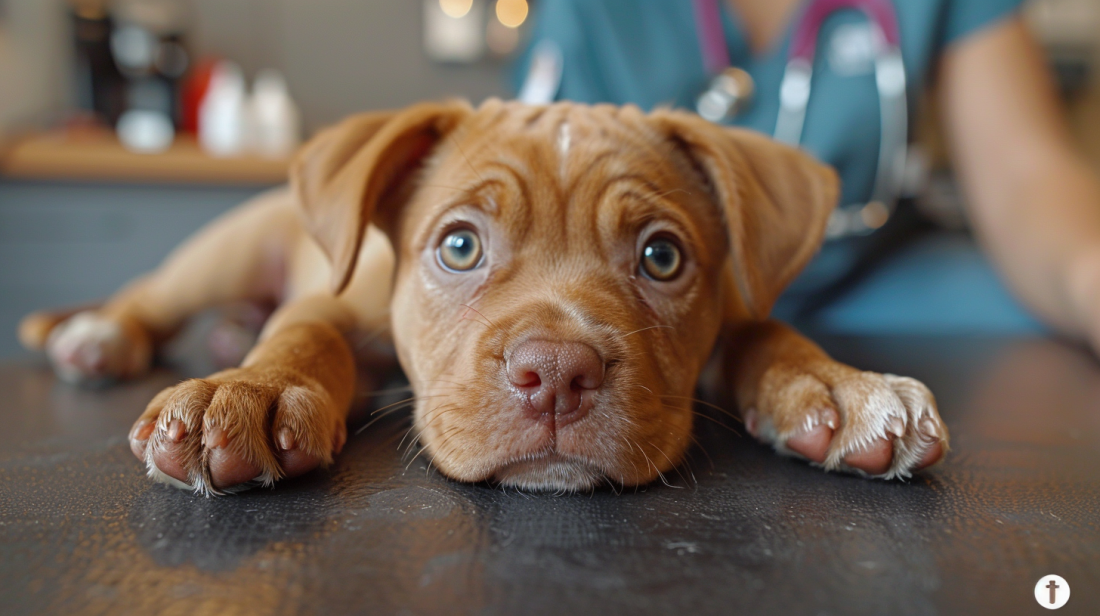
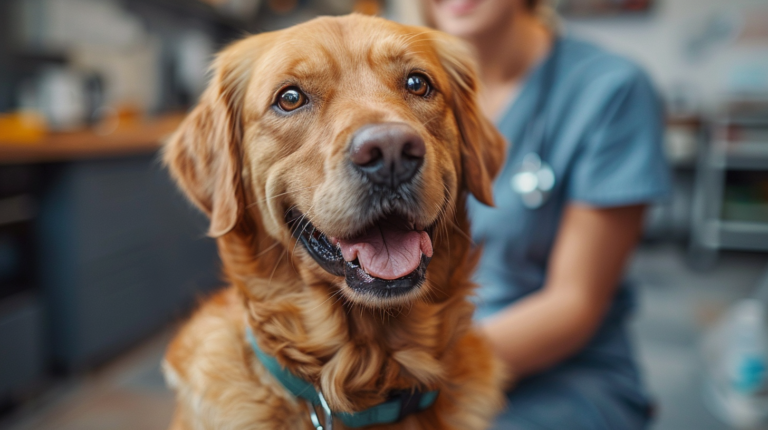
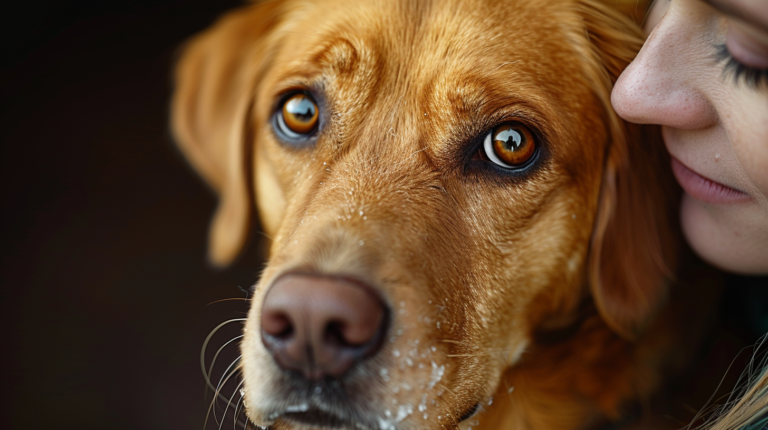
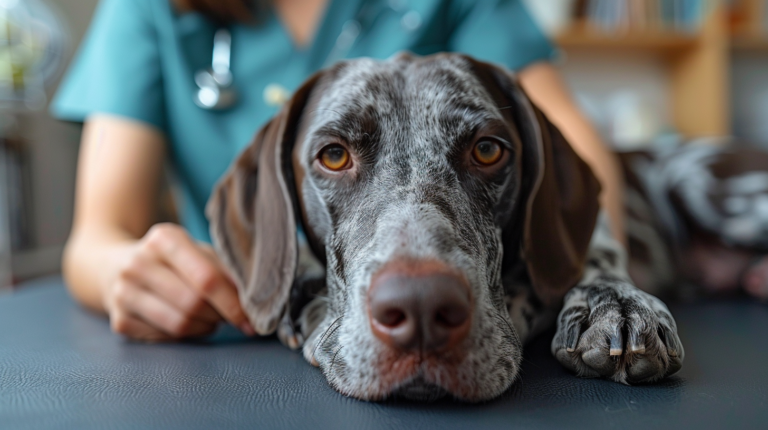
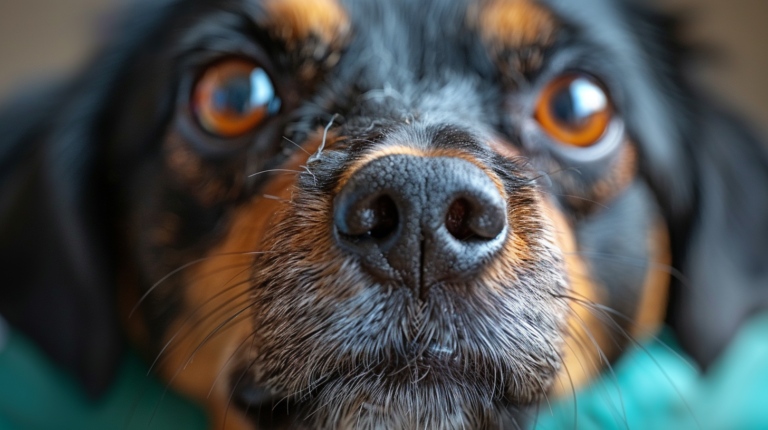
Leave a Reply